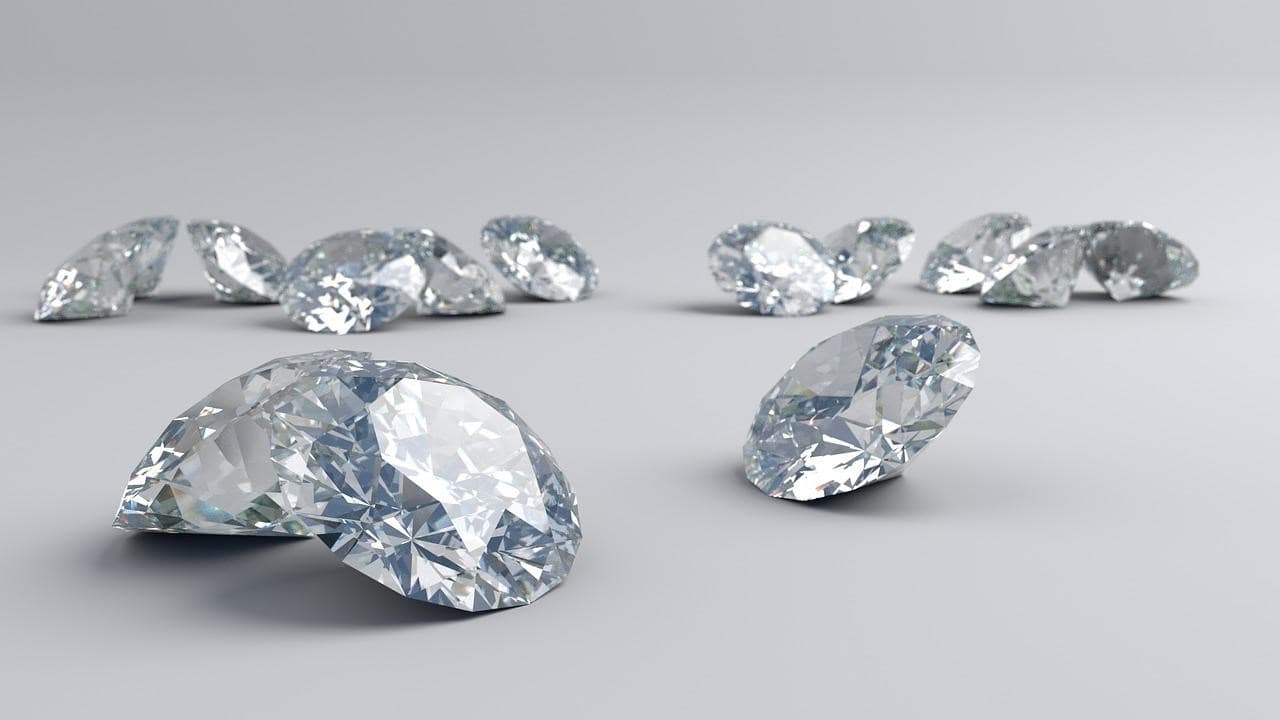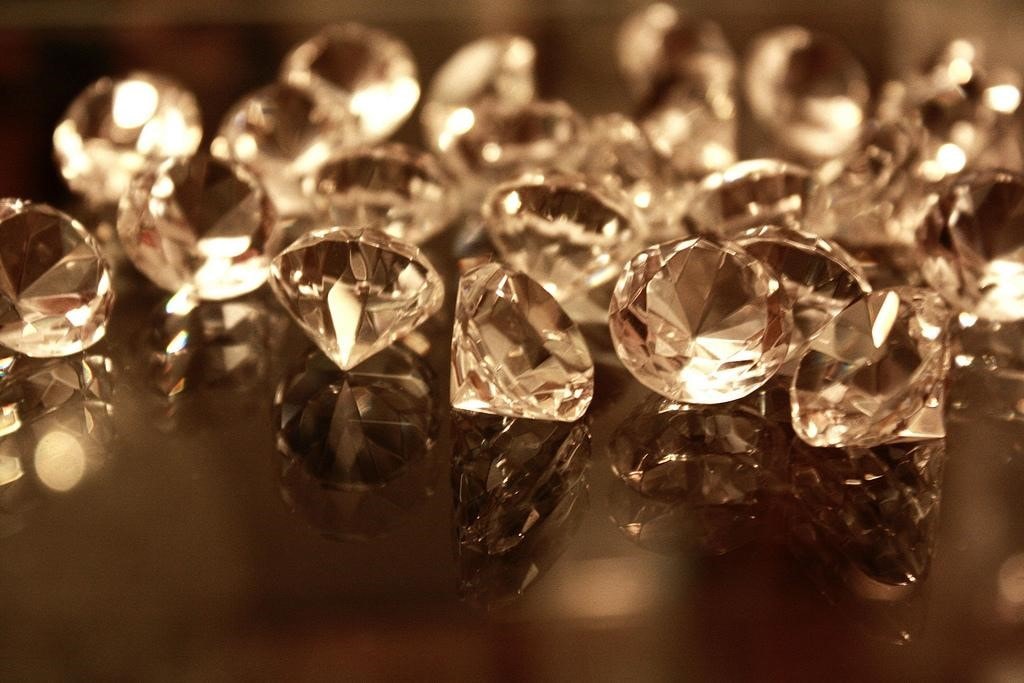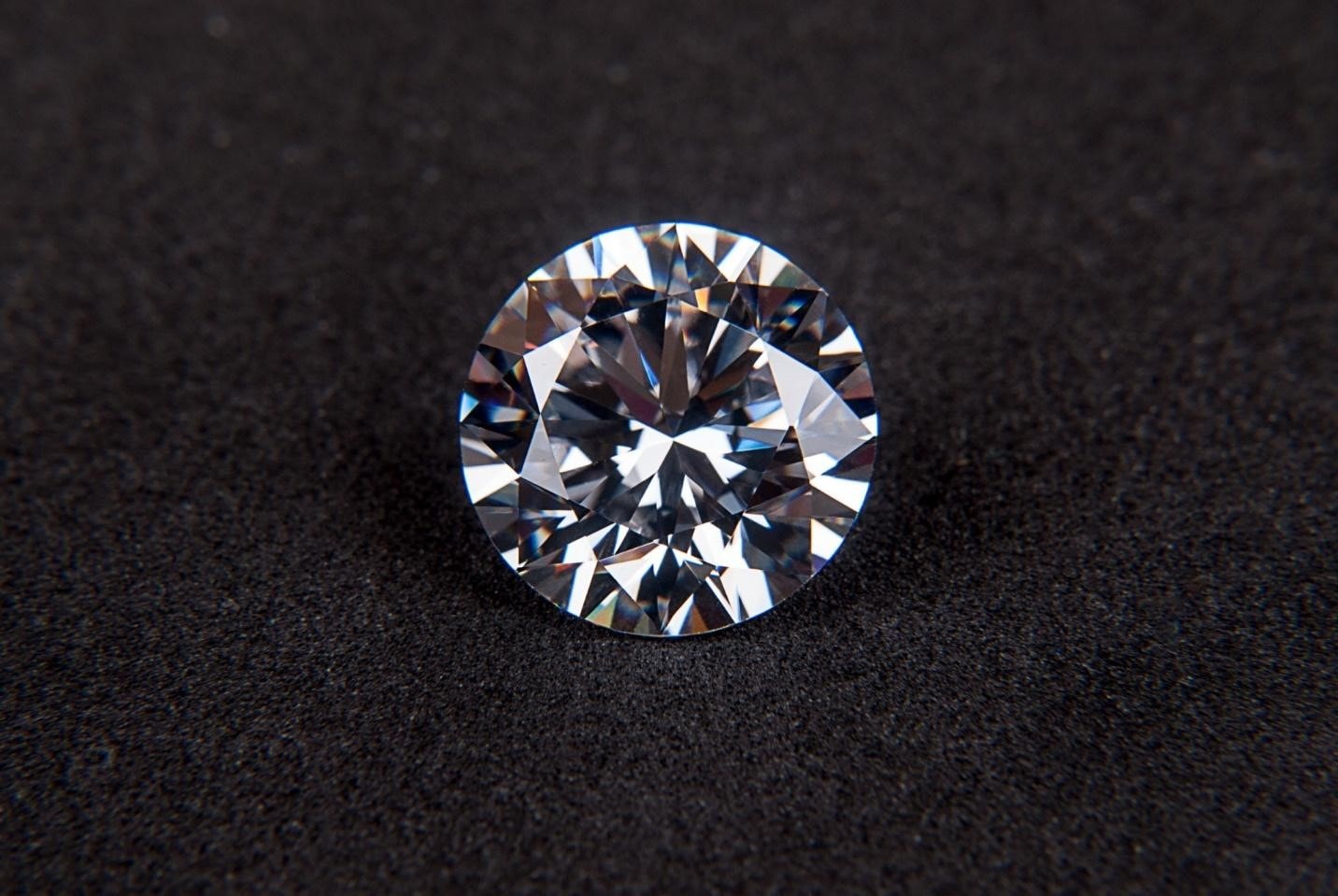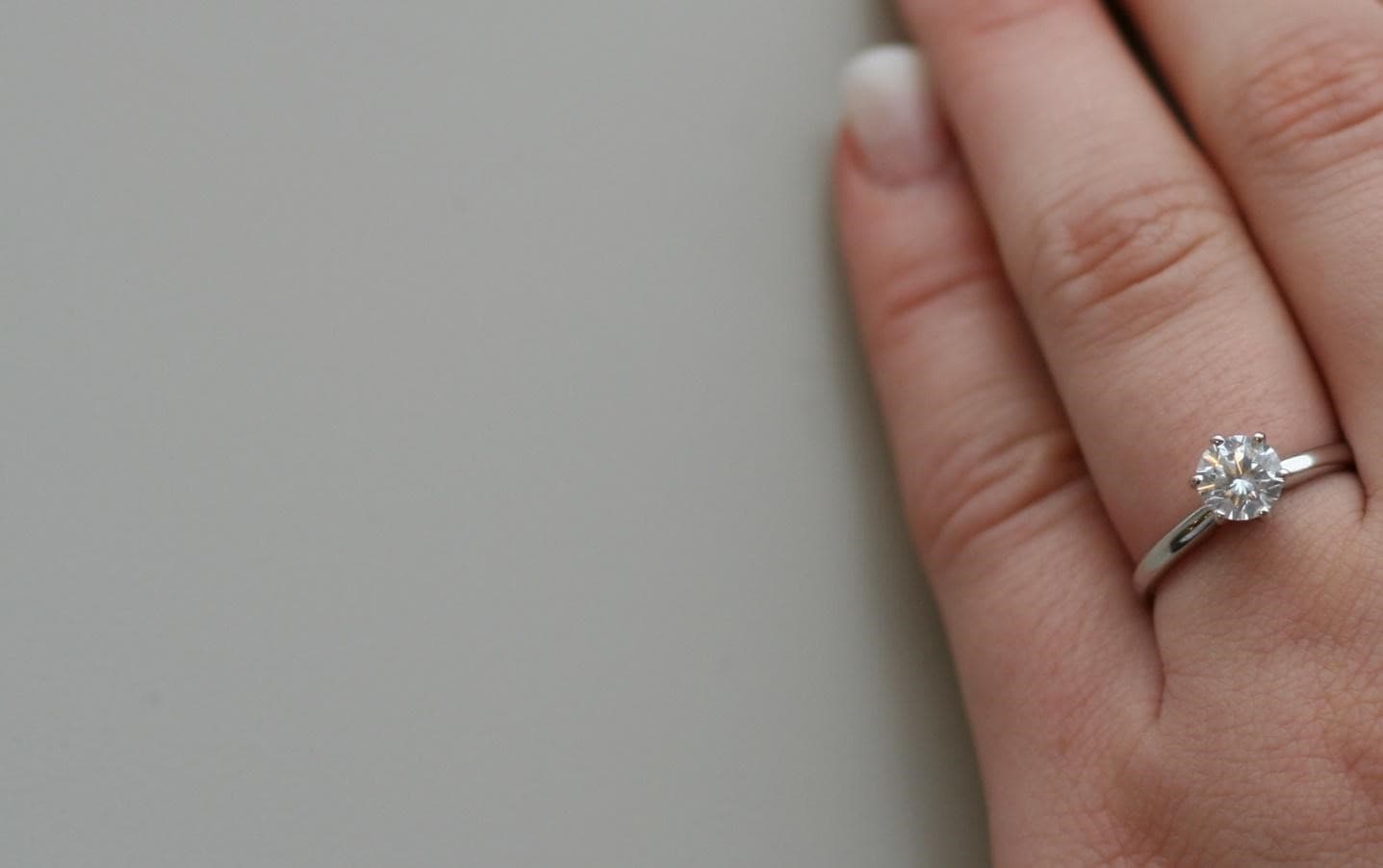The 4 C’s of Diamonds: How to Pick the Perfect Diamond
October 18th, 2017

When choosing a piece of diamond jewelry, it’s important to consider not only the beauty, design, and stylishness of the piece—it’s also crucial to understand the 4 C’s of diamonds. Knowing what, exactly, the 4 C’s are before you shop allows you to select the diamond that best suits your needs. Every diamond is unique. Some diamonds might share the same cut, or shape, while others may be close to one another in their color and clarity. Even with all of the 4 C’s being equal, the diamonds could still differ considerably. This is why it is important to have a trained specialist help you in your selection. These factors, along with carat weight, all make up the four C’s. First developed by G.I.A., The Gemological Institute of America, the four C’s became the first and universally accepted standard against which to judge a diamond’s quality.
At Long Jewelers in Virginia Beach, Virginia, we know how important the 4 C’s are, but also understand that they are just the beginning in understanding the value of a diamond. Here’s a handy guide to help any diamond shopper understand the best practices of selecting a diamond. Never forget the four C’s: color, clarity, cut, and carat weight.

Color
Diamonds are known for their crystalline shine, their brilliant sparkle and reflection of light. Yet when it comes to the first of the 4 C’s of diamonds, color doesn’t mean color—rather, it refers to the lack of color.
When examining and selecting diamonds, the color is important to the stone’s overall appearance. The less color seen in a diamond, the higher in quality and in value the gem is. The most expensive and valuable diamonds are those that are as clear as pure water. A diamond is like a prism, breaking white light into all colors of the spectrum. If the diamond is tinted with color in any way, the result is distortion in the purity of colors created when light passes through it. To many, including the average shopper’s eye, it can seem impossible to determine a diamond’s color. Instead of testing this factor yourself, allow a G.I.A. certified jeweler to assist with the correct lighting and viewing conditions.

Clarity
Clarity refers to how flawless and clear a given diamond appears. The clearest are flawless, free of any color, blemishes, or inclusions. Essentially, you want to gaze into a stone and see nothing but facets and reflections. Inclusions block light and can affect the diamond’s brilliance. All diamonds naturally contain inclusions, but the fewer, the better.
When a diamond forms naturally, it’s exposed to incredible heat and pressure. Over the years of this process, diamonds can develop blemishes, or flaws on the exterior surface of the stone, as well as inclusions, or internal markings and differences. Grading and evaluating a diamond’s clarity requires noting how many blemishes and inclusions appear, how large or small they are, and where they sit in or on the diamond. No diamond is perfect and completely free of these “flaws,†but those that feature fewer inclusions and blemishes are higher in value.
Cut
The cut of a diamond plays a most important role in the evaluation of any diamond and is the only one of the 4C’s controlled by man rather than nature. Cut makes all the difference in how a diamond will sparkle, scintillate and reflect light, making up 40% or more of the diamond’s value. Both men and women are most likely familiar with the diamond cuts of shapes such as heart, round, oval, pear, emerald, and more. However, when it comes to the 4 C’s, cut has nothing to do with a diamond’s shape.
In terms of quality, diamond cut refers to how the stone’s facets interact with beams of light. As a diamond is shaped into one of those special cuts perfect for a ring or pendant, facets are added along the stone’s face. These facets help the diamond sparkle and glitter as it captures light. It’s the work of precise artisans and careful craftsmanship that creates the right symmetry, polish, and angles to generate a perfect cut. The more sparkle a stone features, the better its cut.

Carat Weight
Finally, once you’ve assessed the color, clarity, and cut of a given diamond, you’ll want to determine the stone’s carat weight. Carats are most often discussed in relation to size—the bigger a diamond’s carat weight, the more sizable the stone.
A metric carat equals 200 milligrams. The carat is a very precise measurement, and each individual carat can be divided into 100 “points†that allow jewelers to weigh the stone down to the hundredth decimal place. Generally, the greater a diamond’s weight, the more valuable and rare it is.
Choose Your Dream Stone with the 4 C’s of Diamonds at Long Jewelers
Come to Long Jewelers’ Virginia Beach showroom, the largest of its kind in the state of Virginia, and discover the right diamond awaiting you and your next piece of jewelry. At Long Jewelers, we provide customers the opportunity to choose their own diamonds from our extensive selection. Only Long Jewelers represents the “Big Three†of the best diamond brands; “The World’s Most Beautiful Diamond†from Lazar Kaplan, “The World’s Most Perfectly Cut Diamondâ€, from Hearts on Fire and “The World’s Most Responsibly Sourced Diamondâ€, from Forevermark. You can be certain the 4 C’s are carefully considered in every gemstone. With a skilled, experienced staff that includes G.I.A. graduates and an in-house diamond cutter, it is easy to see why, “You Belong at Long Jewelersâ€! To learn more, stop by our showroom or reach out via phone at 757-498-1186 or via email at info@longjewelers.net.



